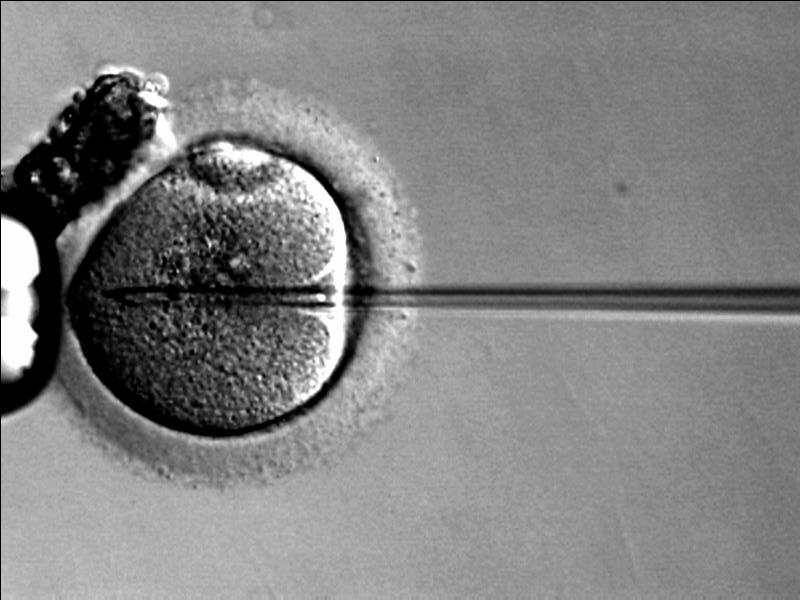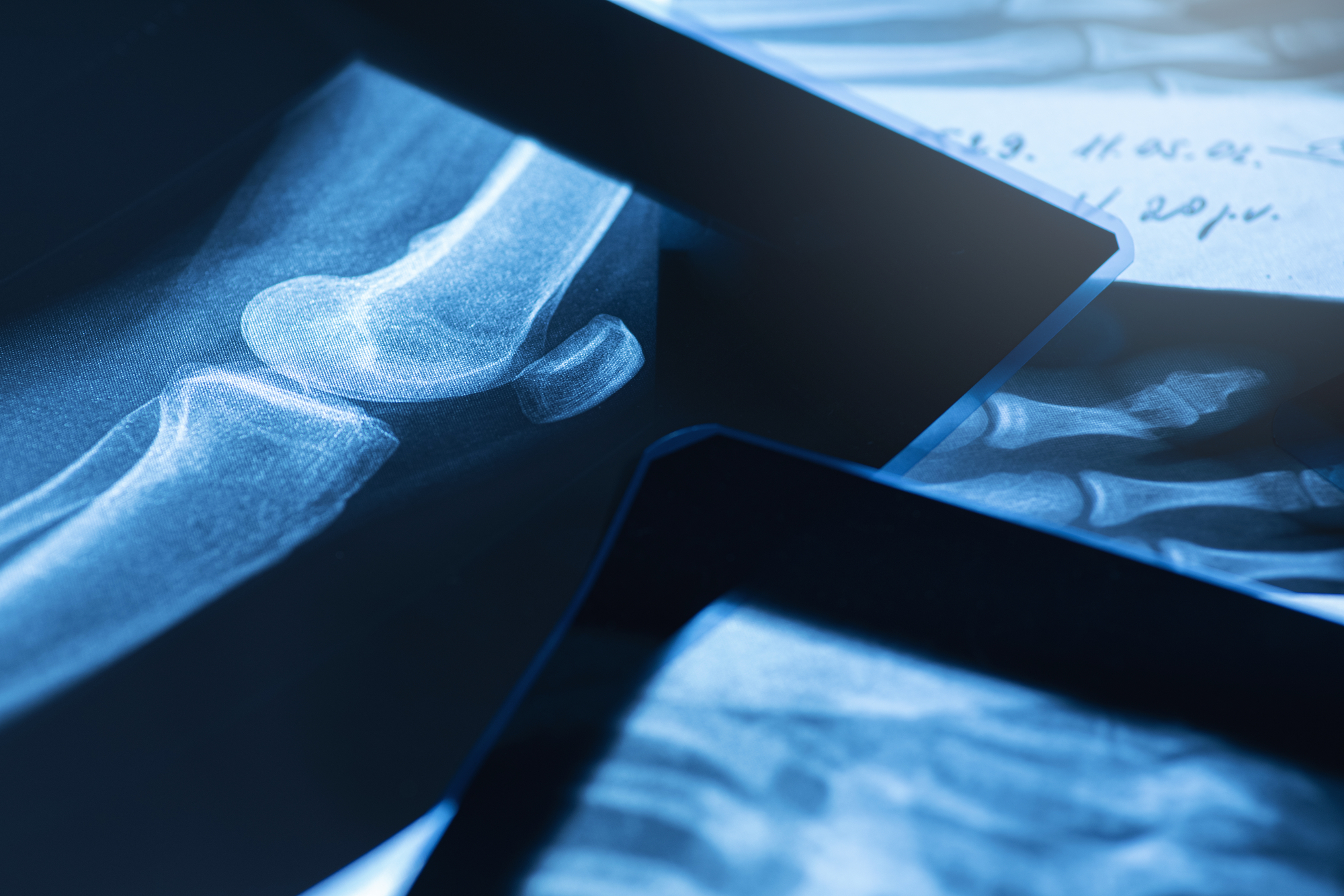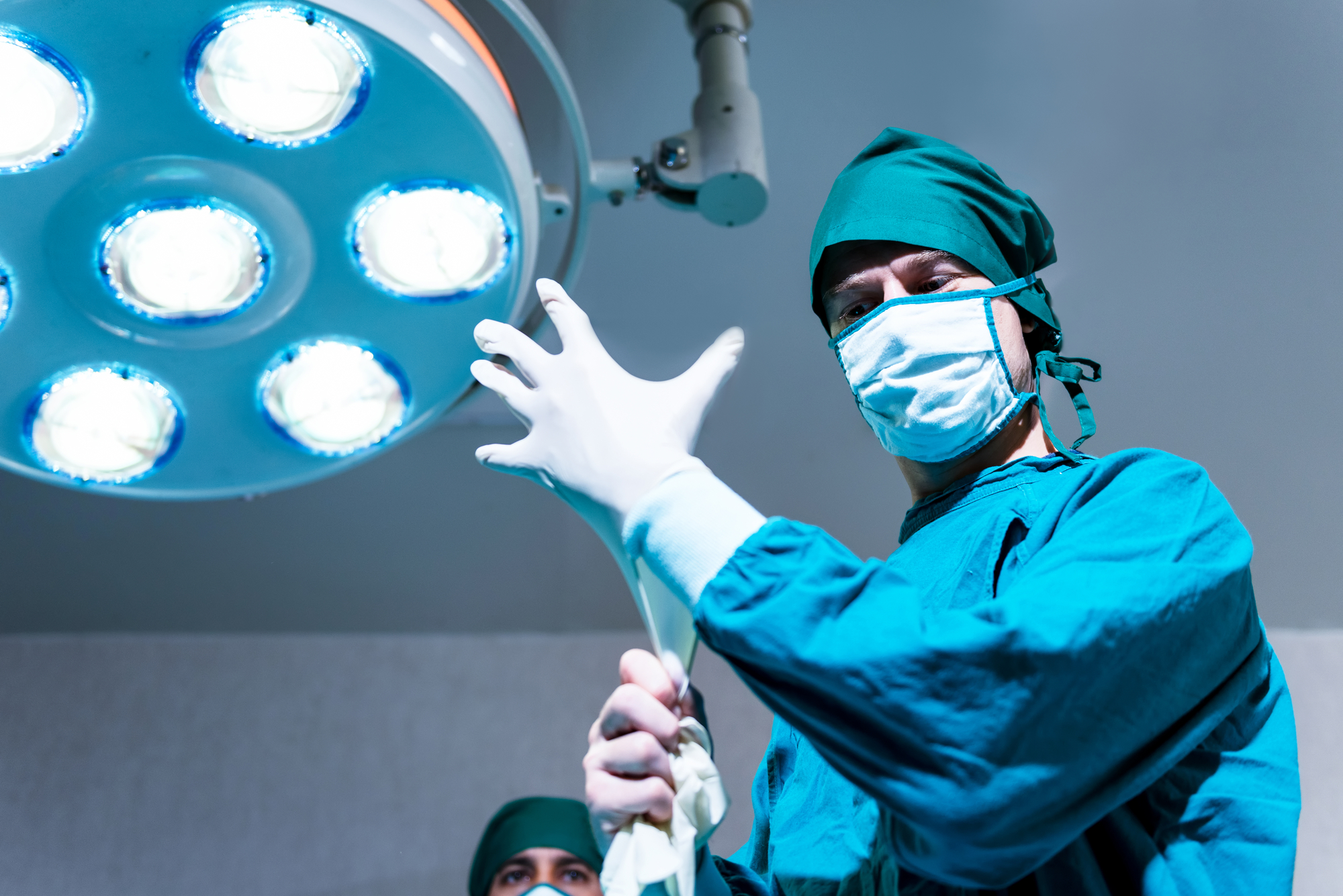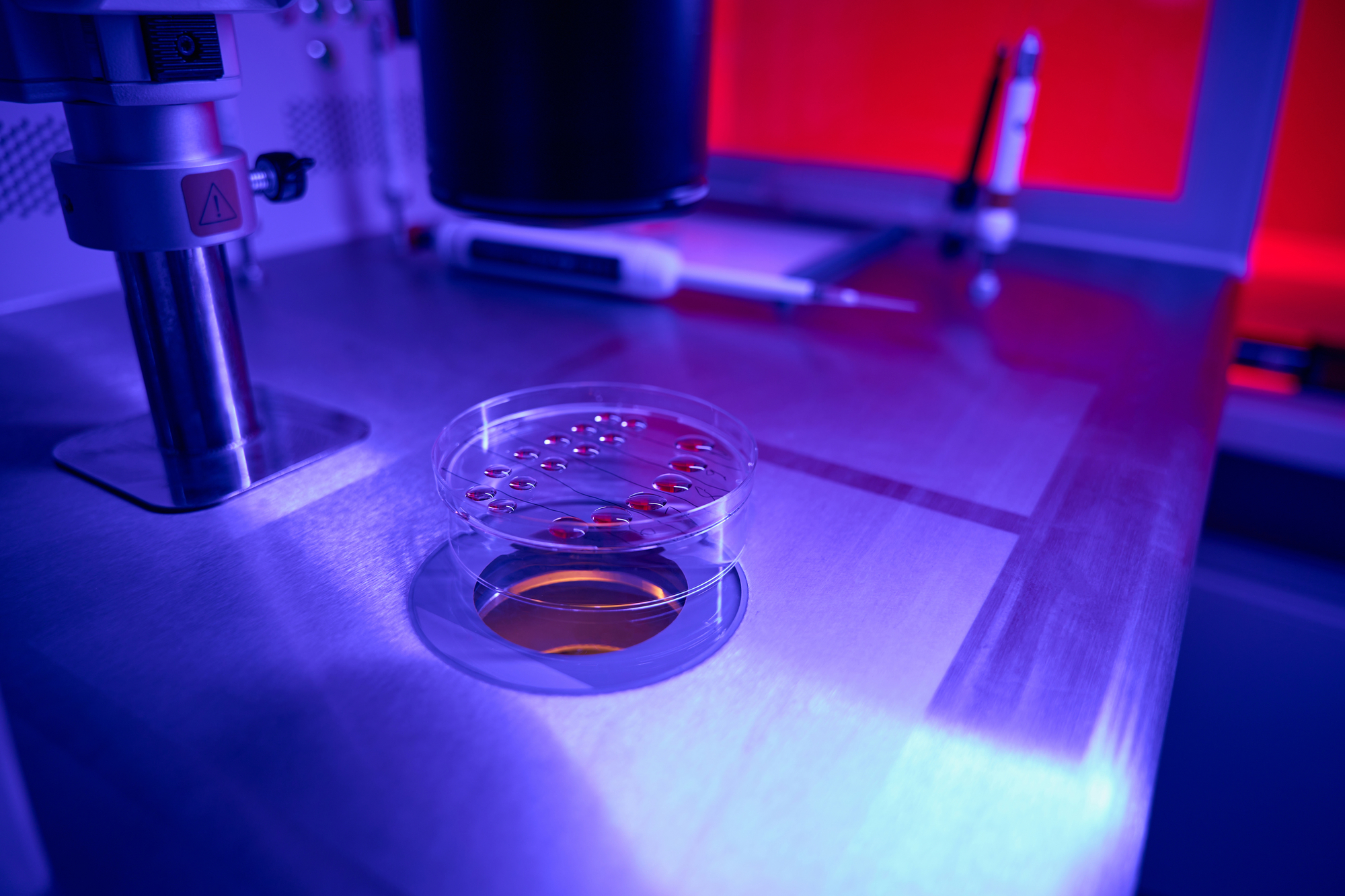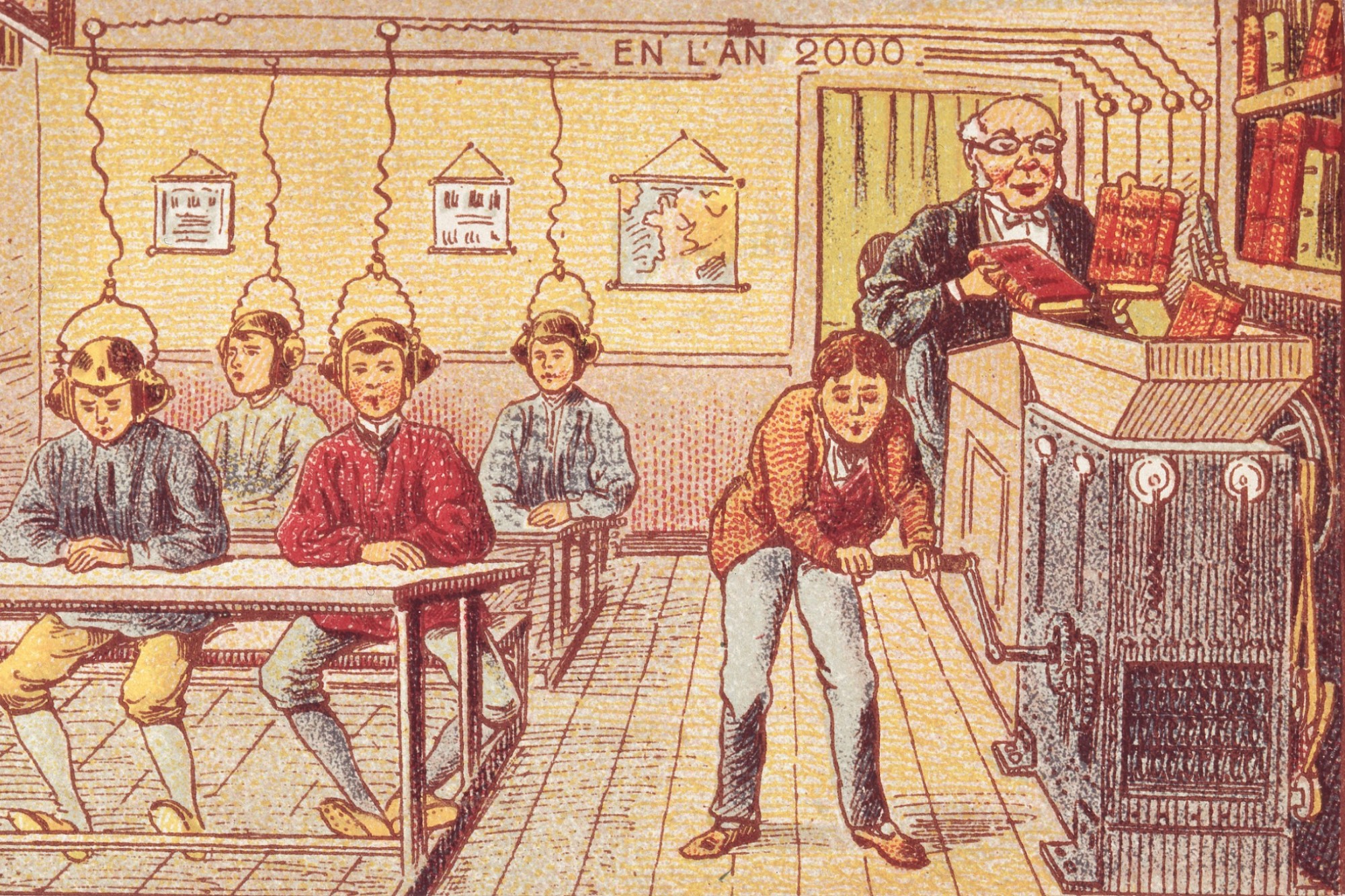By Means of Human Selection: The Birth of Three-Parent Babies
In the late 1990’s, doctors at the St. Barnabus Institute in New Jersey developed a groundbreaking new technique—they successfully produced a child using the genetic material of three different donor parents. The motivation for the innovation was to help certain at-risk couples have healthy biological children of their own. The procedure, if successful, blocks the spread of disease that is sometimes passed through mitochondrial DNA—a genetic contribution passed to children by their biological mothers. Some women pass on mitochondrial DNA that causes muscular dystrophy or respiratory problems. Leigh Syndrome, a fatal disease, is also passed through mitochondrial DNA.
The three genetic parents involved in the procedure are a male, a female who supplies the egg, and a female who supplies the disease-free nuclear DNA. The diseased nuclear DNA is removed from the egg of the first female donor, and is replaced with the healthy DNA of the second. The DNA of the resulting child will be comprised mostly of the genetic contributions of the male and the female who contributed the egg. The female who contributed the healthy nuclear DNA provides .1% of the DNA of the resulting child. Seventeen babies were born using this method before the FDA mandated an end to the practice in 2002, citing concerns pertaining to safety and ethics.
Though the FDA may have banned the procedure, innovation marches onward. On Sept 27th of this year, the birth of a baby boy with three genetic parents was reported. The child was born in Mexico, but his birth was made possible by the efforts of American based scientists who operated out of Mexico in order to bypass FDA regulations. The procedure is also gaining popularity internationally—in February 2015, The United Kingdom became the first country to officially legally sanction the use of the procedure. This sanctioning was not uncontroversial.
Concerns with this procedure are of several general types. First, many are concerned about venturing forward with scientific projects when we are uncertain about the possible results. Though it may be true that some uncertainty is inherent in the scientific process, some argue that we should take this this uncertainty much more seriously when the potentially harmful consequences fall squarely on the backs of sentient creatures. In this case, the products of the experiments are actual human beings. Opponents argue that it is not ethical to produce human beings using new procedures that might harm those beings in ways that we haven’t even imagined.
Specifically, some people are concerned with the fact that this procedure is an instance of what is called germ-line genetic modification. This means that it is a genetic modification that will be passed on to further biological offspring. Clinical tests are likely to tell us little for sure about what will happen to future generations to whom the DNA has been handed down. After all, in order to determine what will happen, one of the original babies will have to mature to adulthood and reproduce—all of which is certain to take place outside of a laboratory setting.
Genetic modification often makes people nervous. As our ability to effectively make such modifications improves, people become more and more concerned about the possibility of eugenics. The fear is that, if we continue to pursue better and better ways to give parents the biological children they desire, will we eventually begin selecting for some traits and against others? Will we end up with designer babies? People with these concerns fear that, in this eventuality, genetic diversity will disappear, because racist and ableist considerations might govern the process. Others respond that this argument is a fallacious slippery slope, and there is an easy line we can draw to prevent the downward slide—we can select for traits that ensure the health of the baby and nothing more. Critics then challenge the range of traits that will count as “healthy.”
Many advocates of the procedure claim that it saves lives. Dame Sally Davies, the UK’s chief medical officer, said, “It’s only right that we look to introduce this life-saving treatment as soon as we can.” Critics of the procedure are quick to point out that it is, not, in fact, life saving. No diseased person is cured of his or her disease using this treatment. What the procedure does is create new lives. As such, the procedure is not medically necessary. Critics argue that scientists are pursuing this procedure as an entrepreneurial endeavor and that the time and resources of the scientists and the regulatory agencies involved would be better spent researching cures for diseases from which people are currently suffering and dying.
In response, advocates argue that a medical procedure need not be medically necessary in order for it to improve and enrich the lives of those that take advantage of it. This procedure provides an opportunity for couples to have their own biological children who would not dare to do so otherwise for fear of passing on mitochondrial disease.
Still others argue that, rather than encouraging the development of ever more sophisticated methods of producing children, humans are morally obligated to care for the children that already exist. Some argue that we should dispense with the idea that having a child to whom the parents are biologically related is a crucial part of living a flourishing human life. The same experiences and rewards that come with raising a child to whom you are biologically related can be had with an adopted child. These concerns are perhaps more pressing, given the combined hazards of overpopulation and the seemingly inevitable decreased amount of habitable land- mass due to climate change.
Finally, the disregard American scientists demonstrated toward the FDA’s ban on the procedure is the subject of some concern. FDA regulations are in place in protect the public against procedures that could potentially cause serious harm. Some challenge the morality of scientists leaving the country in order to bypass regulations.
A technological renaissance is transforming the world into one that previous generations would scarcely recognize. Medical advancements have a unique impact on our lives and the lives of future generations, so increases in medical capabilities should be met with increased ethical scrutiny.

